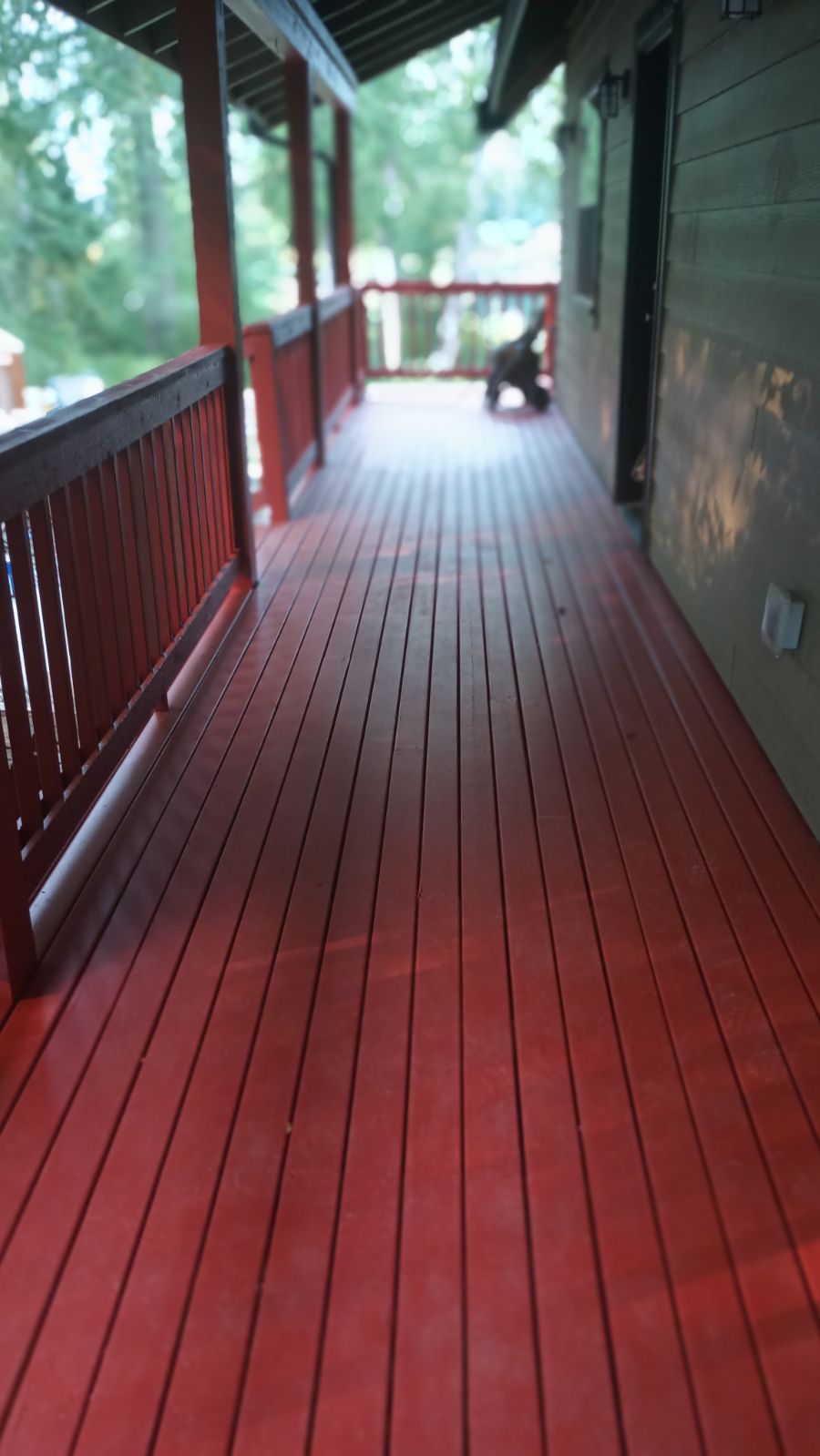
Navigating Color Theory: A Guide to Perfecting Your Home's Palette Oct 03, 2025
Color theory is fundamental in creating a balanced and visually appealing home. It involves a set of principles used to create harmonious color combinations. By mastering these, you can transform your space into a reflection of your personal taste while ensuring that each room imparts the desired emotional impact.
Begin by considering the color wheel, a vital tool in understanding color relationships. Primary colors—red, blue, and yellow—form the foundation, while secondary colors like green, orange, and purple are derived from mixing them. Tertiary colors, made by blending primary and secondary hues, extend the palette further. This spectrum is crucial in crafting the right look for your space.
One essential concept in color theory is complementary colors. These are colors located directly opposite each other on the color wheel, such as blue and orange or red and green. Using these combinations can create a striking contrast that adds energy and vibrancy to a room. However, for a more serene atmosphere, consider analogous colors—those next to each other on the wheel. These combinations, like blue with green or red with orange, offer a more cohesive and soothing visual experience.
Understanding the psychology of colors can also guide your choices. For instance, warm colors such as reds, yellows, and oranges can invigorate and energize spaces, making them ideal for social areas like the living room or kitchen. In contrast, cool colors like blues and greens can evoke a sense of calm and relaxation, perfect for bedrooms and bathrooms where tranquility is desired.
Neutral colors—white, grey, and beige—are indispensable in color theory. They serve as a balancing element, offering a backdrop that allows brighter hues to pop without overwhelming the sense of space. Moreover, the right neutral tone can add sophistication and simplicity to any room, making it a versatile choice for various styles.
When deciding on a color scheme, consider the natural light and fixed elements in each room. Light plays a critical role in how colors appear at different times of the day. Rooms with ample sunlight can accommodate bolder colors, while darker spaces might benefit from lighter tones to enhance openness and brightness.
Texture and finishes also influence your color choices. Matte finishes tend to absorb more light, adding depth and a soothing touch, while glossy or satin finishes can reflect light, adding vibrancy and energy to a room.
Finally, consult with painting experts like those at Rising Hawk Construction LLC to ensure that your color choices not only reflect your personal style but also complement the architectural elements of your home. A professional’s insight can make a significant difference in achieving a polished, cohesive look.
In conclusion, choosing the right colors involves much more than personal preference. By understanding and applying color theory, you can create a home that's not only visually stunning but also resonates with the feelings and atmosphere you wish to convey. Whether you're seeking vibrancy, tranquility, or a sophisticated touch, let color theory guide your decisions for a beautifully curated home. With Rising Hawk Construction LLC by your side, perfecting your home's palette becomes a seamless and rewarding journey.
/filters:no_upscale()/media/2676901a-c735-4e38-8502-be744c8514b8.png)
/filters:no_upscale()/filters:format(webp)/media/e7e411fd-678e-47eb-b4b3-873f6a9412a4.jpeg)